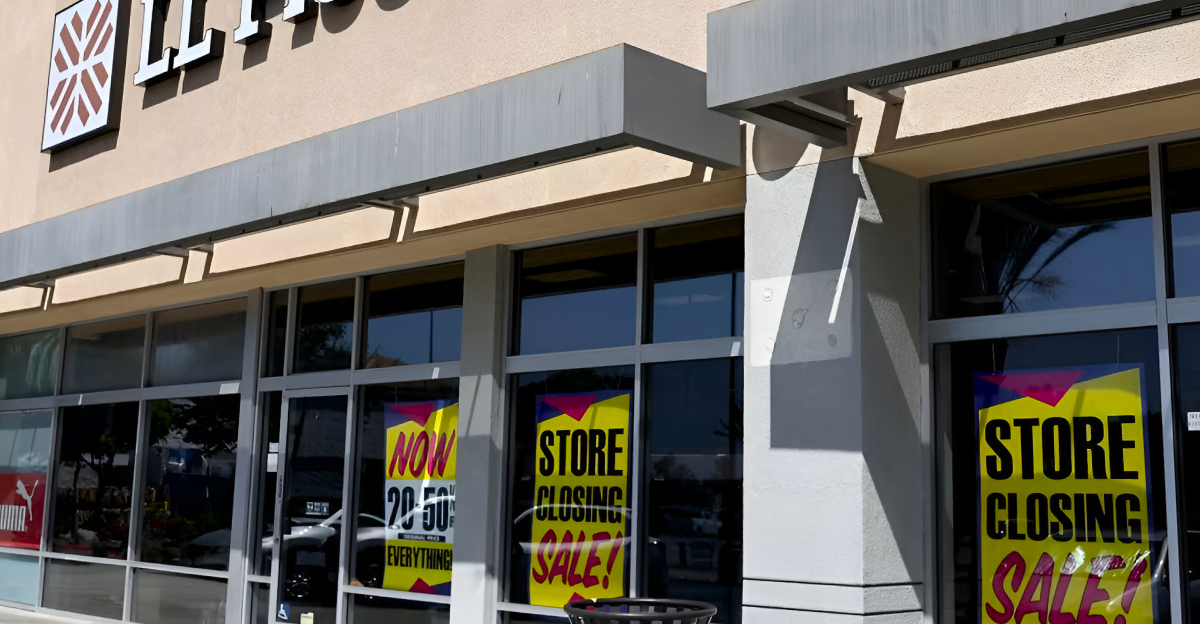
The home improvement sector was rocked by the recent bankruptcy and shutdown of LL Flooring, formerly known as Lumber Liquidators. LL Flooring was a running competitor to giants like Home Depot in the flooring department. They were a national retailer with hundreds of locations, earning a reputation as a go-to source for quality, hard surface flooring for any home project.
Their incredible 30-year run has abruptly ended, showing just how challenging the market is, but what could have caused the national shutdown?
From Humble Beginnings to National Retailer
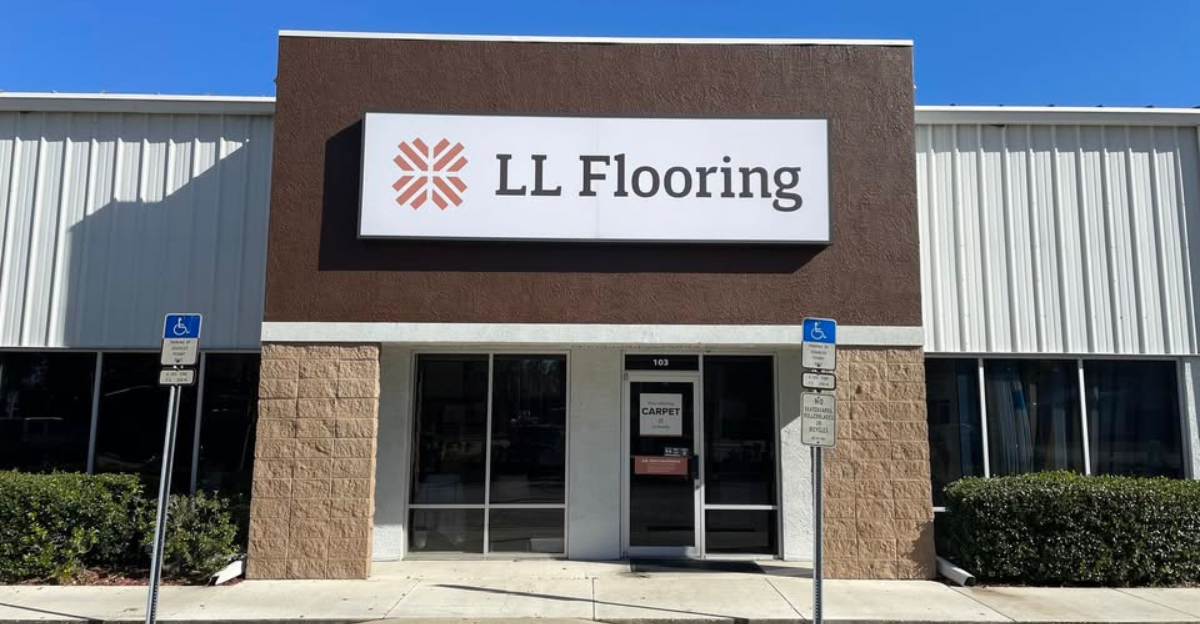
Founded in 1994 by Tom Sullivan, a building contractor who began by reselling excess wood from the back of a trucking yard in Stoughton, Massachusetts, the company quickly found its niche in hardwood flooring. The first store opened in West Roxbury in 1996, and within months, a second location was launched in Hartford, Connecticut.
LL Flooring, then Lumber Liquidators, expanded rapidly, eventually opening more than 375 stores across 47 states and Canada and employing over 2,000 people. They sure made a mark for themselves in the flooring industry before facing the reality of market trends and shopper preferences.
The Human Cost of Jobs That Were Lost
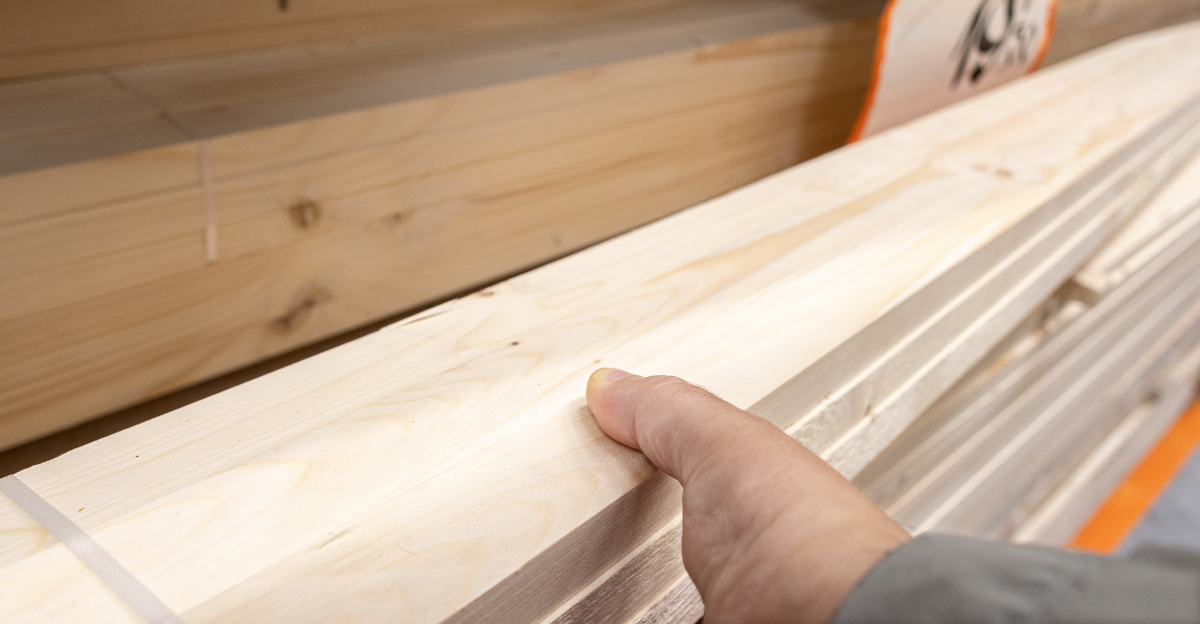
The closure of LL Flooring came with quite a severe loss, as more than 2,000 employees were left without income. These layoffs affected retail staff, corporate employees, and distribution center workers, with hundreds impacted at the company’s Virginia headquarters and distribution facilities.
The company’s leadership acknowledged the emotional weight of this decision, emphasizing their commitment to handling the wind-down as smoothly as possible to minimize disruption for associates and the communities they serve. “As a result, it is with a heavy heart that we must let you know that we are going to begin the process of winding down LL Flooring’s business and closing all of our stores,” CEO Charles Tyson wrote to customers.
Store Closures Swept the Nation
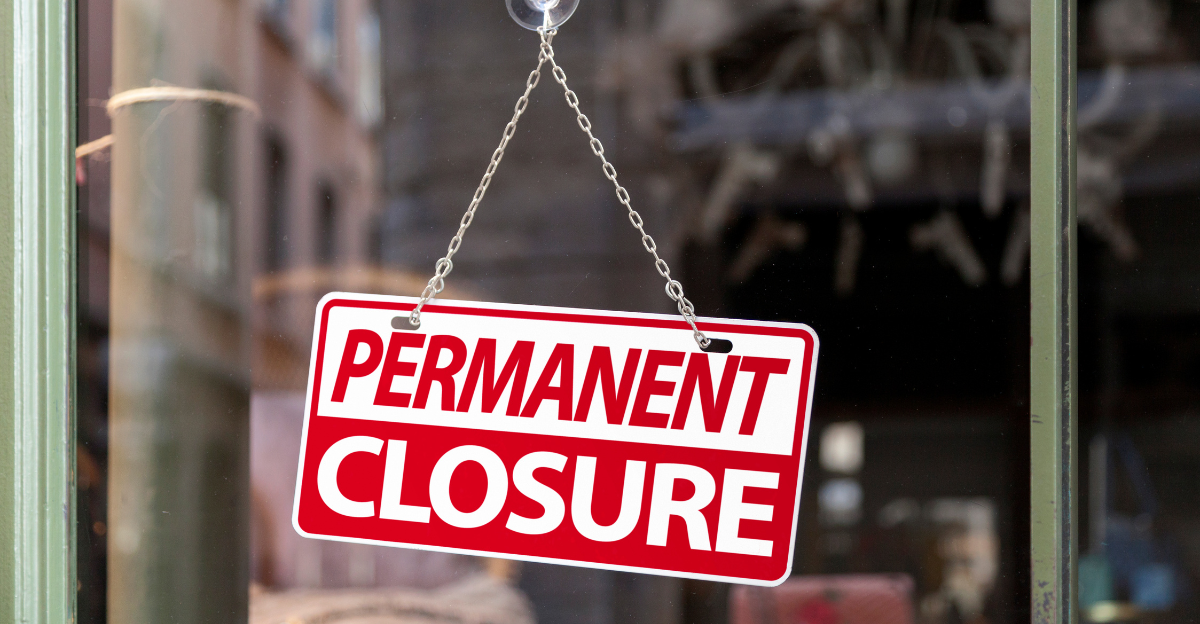
The company initially announced the closure of 94 stores across 31 states, with California and Texas among the most brutal hit. However, as bankruptcy proceedings unfolded, the scope of the shutdown expanded dramatically.
By September 2024, LL Flooring began liquidation sales at all remaining locations, with 442 U.S. stores set for closure as part of an “orderly wind-down” process. These closures left loyal shoppers scrambling to find a new trusted partner as they occurred across the entire U.S. “We have been proud to serve our customers over the years and thank you again for your business and turning to us for your flooring needs,” wrote Tyson.
The Bankruptcy Filing

After months of financial stress and no clear way out, the company had no choice but to file for bankruptcy as a last resort. Facing a steep decline in home improvement spending, shrinking consumer demand, and difficulties paying its vendors, the company could not maintain normal operations as suppliers began withholding shipments. In August 2024, LL Flooring filed for Chapter 11 bankruptcy protection in Delaware, initially planning to close nearly 100 stores and pursue a sale of its assets.
Despite active negotiations with multiple parties, no acceptable offers emerged, forcing LL Flooring to announce a complete wind-down and liquidation of its remaining stores. The bankruptcy process revealed the company’s liabilities ran as high as $500 million, with sales plummeting by more than 20% in early 2024.
Supply Chain and Vendor Challenges

As the company’s liquidity deteriorated, it was forced to cut back on payments to vendors and suppliers to conserve cash. Naturally, vendors began withholding shipments or drastically reducing the flow of inventory, leaving LL Flooring unable to stock its stores or adequately fulfill customer demand.
By the time of the bankruptcy filing, 80% of its annual inventory volume was affected by stopped shipments or unfavorable payment terms. This drastically affected customer loyalty long before their doors shut for good.
Failed Rescue Attempts and Liquidation

Despite all efforts to save the company, there was no remedy for its collapse. After filing for Chapter 11 bankruptcy, LL Flooring actively sought a buyer and negotiated with multiple prospective bidders to get a deal to allow them to continue operations.
Unfortunately, none of the offers met the necessary financial requirements or bankruptcy court standards to maximize value for creditors, forcing the company to abandon the sale process. “This is not the outcome that any of us had hoped for,” wrote Tyson.
The Lingering Shadow of Scandal
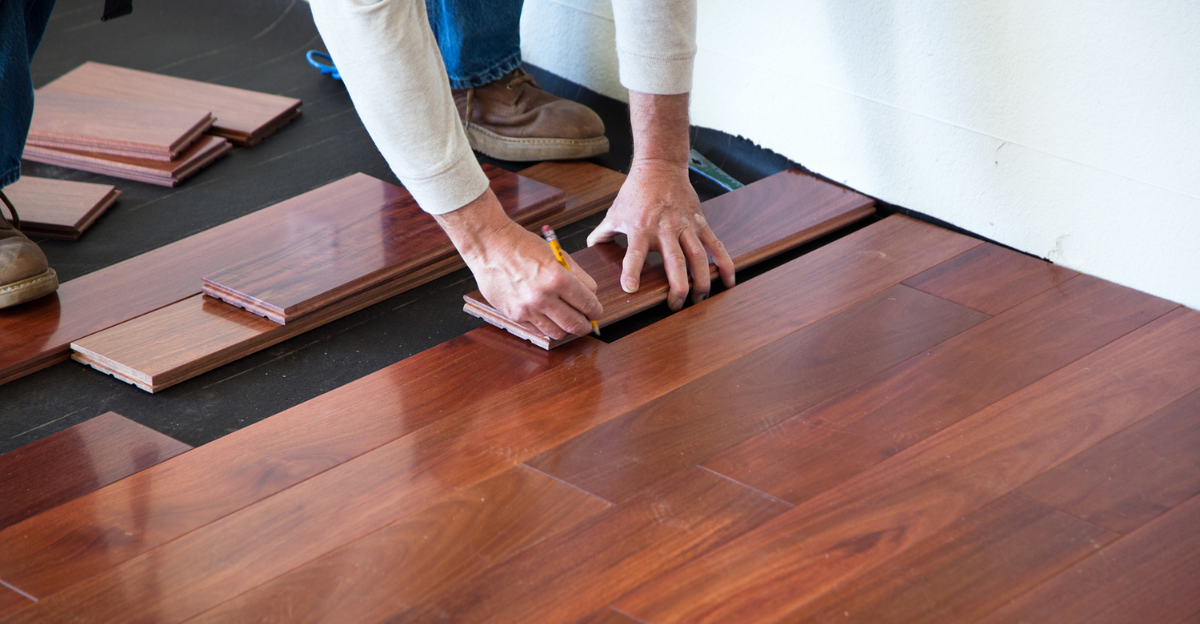
LL Flooring never fully recovered from its “60 Minutes” exposé in 2015, which revealed that their Chinese-made laminate flooring contained dangerously high levels of formaldehyde, far exceeding California’s emission standards and raising serious health concerns for homeowners.
LL Flooring faced a barrage of class action lawsuits, regulatory investigations, and a dramatic plunge in its stock price, which fell from a peak of $119 to under $20 per share. In addition to paying tens of millions in fines for misleading investors and importing illegally harvested timber, the company’s leadership saw a wave of resignations and terminations, including its CEO and other top executives.
Impact on Contractors and Consumers
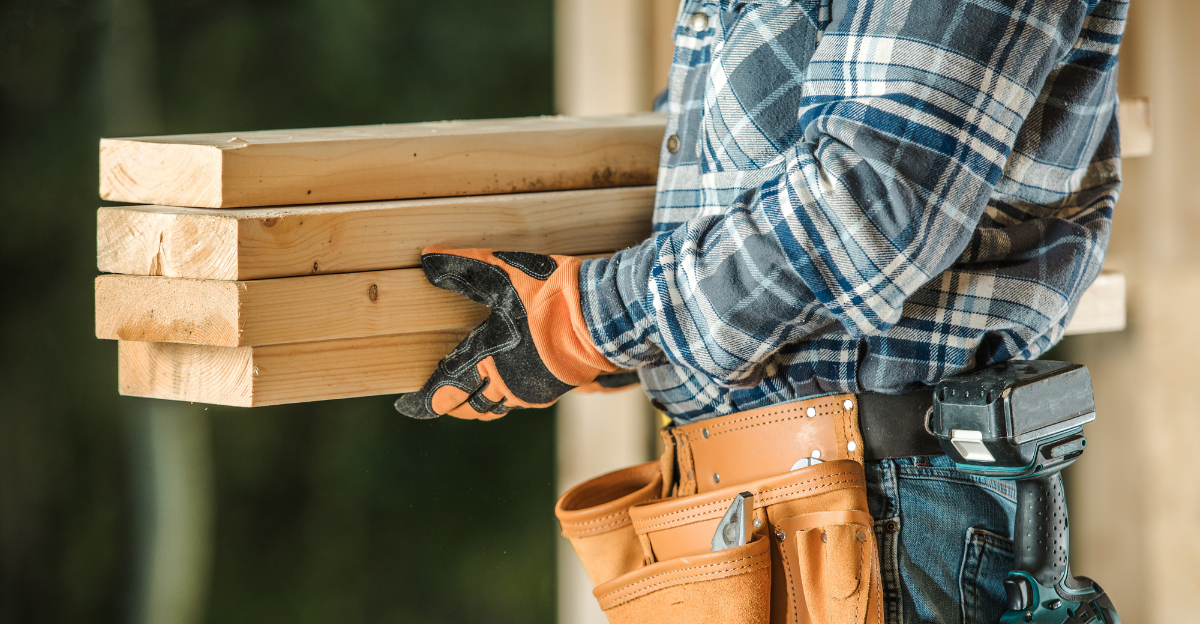
For contractors, the loss of a major flooring supplier in over 30 states meant fewer options for sourcing materials. As demand shifts to remaining giants like Home Depot and Lowe’s, this could potentially lead to higher prices and longer lead times.
Customers, especially those in regions hit hardest by closures like California, Texas, and Florida, faced reduced choice and convenience when shopping for hard-surface flooring.
What’s Next for the Home Improvement Market?
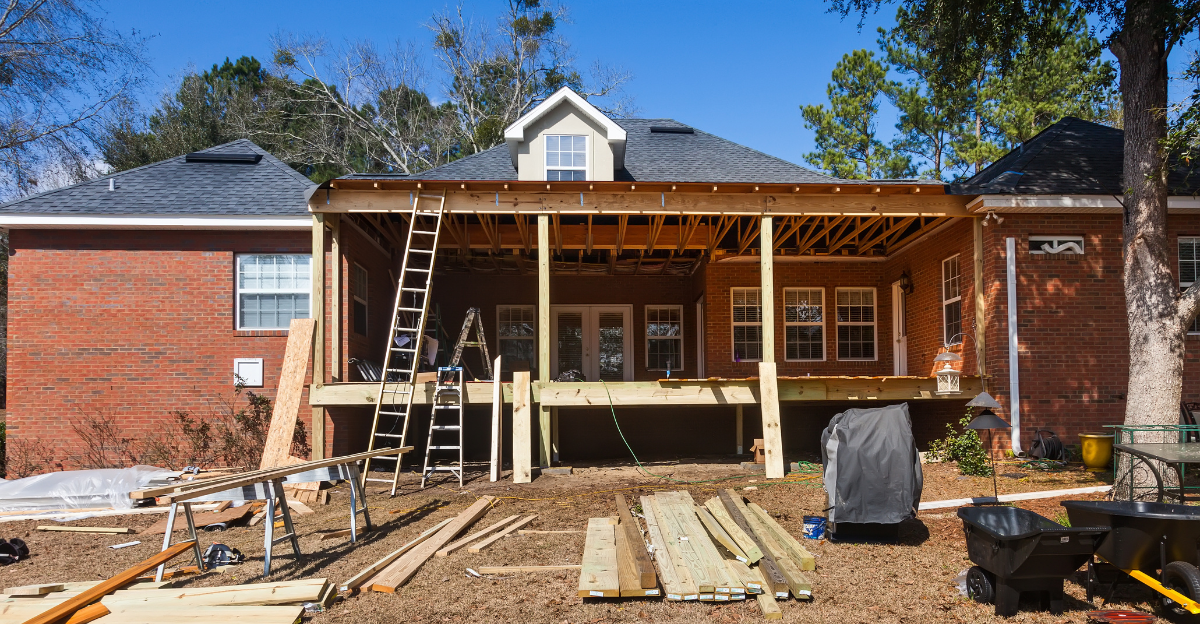
Seeing as Home Depot and Lowe’s face less competition in the flooring market, they can make the best of a slowly growing market. Industry forecasts for 2025 have been revised downward, with overall market growth now expected at around 3.4%. Consumer spending is projected to grow more slowly, but the professional segment remains resilient, with nearly 5% growth anticipated as homeowners opt to renovate.
While the industry is still experiencing strong short-term uncertainty, the long-term appetite for home improvement is robust, and the market is expected to grow significantly over the next five years.